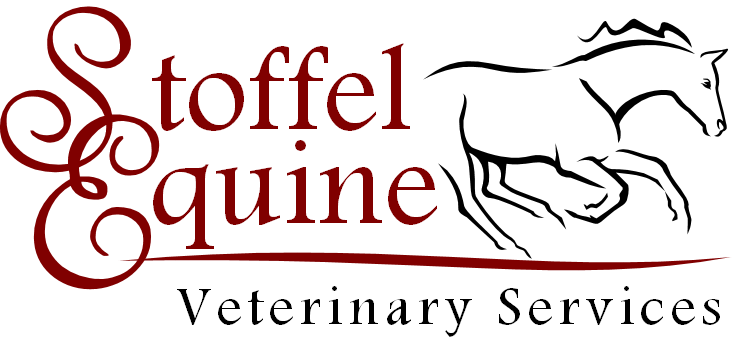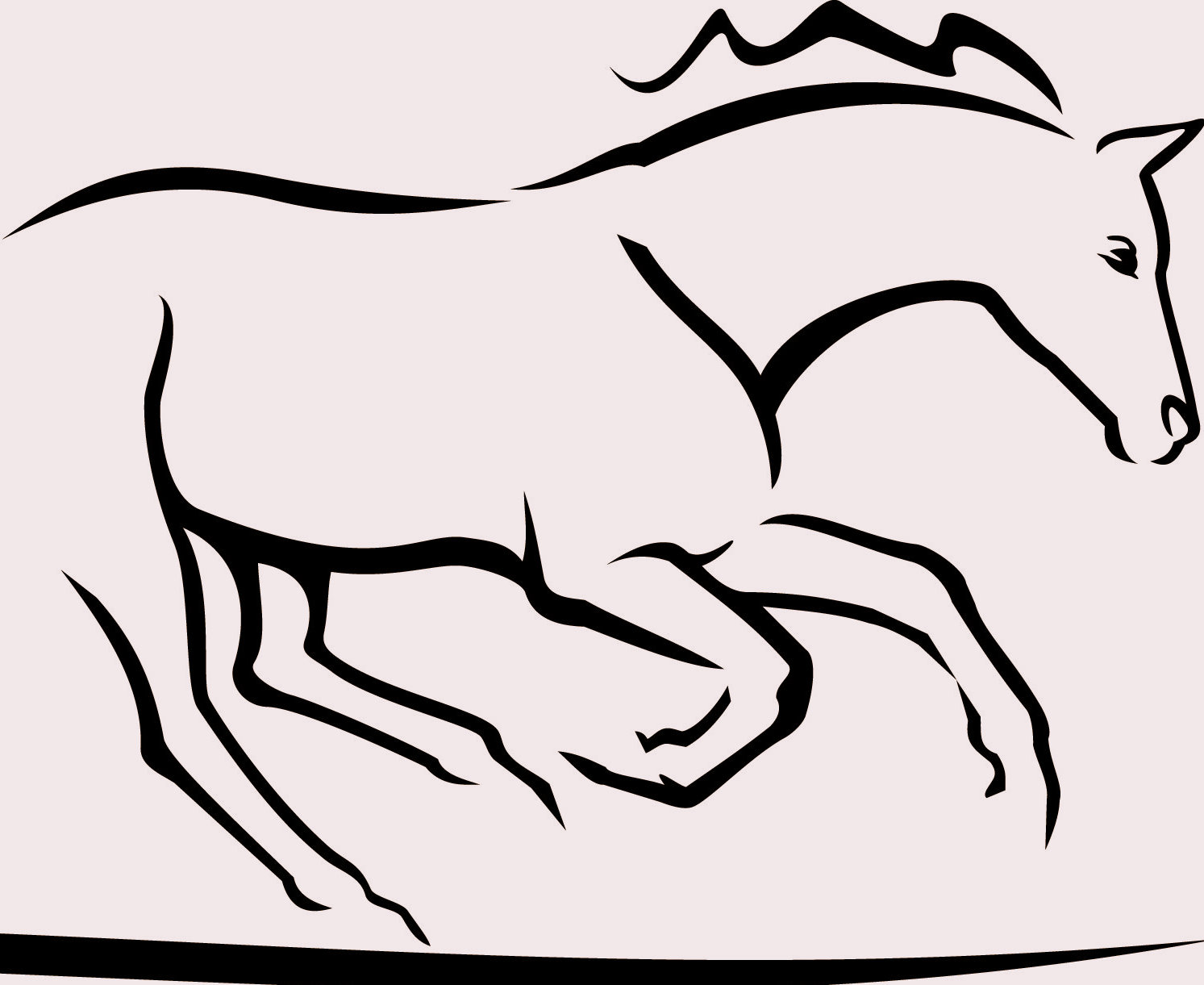
It’s not uncommon for performance horses, at one point or another, to develop pain in their neck or back. After all, horses use their entire body in their athletic pursuits. Successfully diagnosing and treating these areas of discomfort can be, well, a pain in the neck.
Fortunately, veterinarians have picked up on some telltale signs over the years that can help in diagnostics, and they’ve learned what works and what doesn’t when it comes to eliminating the pain. At the 2016 Western Veterinary Conference, held in March in Las Vegas, lameness specialist Robin Dabareiner, DVM, PhD, Dipl. ACVS, reviewed how veterinarians can diagnose and treat equine neck and back pain.
A horse’s neck is a complex structure in which more than a hundred muscles support and move seven very large vertebrae. The spinal cord and nerves intersect each vertebrae before continuing down the forelimbs. And a lot can go wrong with these important, but ultimately fragile, structures.
Dabareiner, an associate professor in the Department of Large Animal Medicine and Surgery at the Texas A&M University College of Veterinary Medicine and Biomedical Sciences, in College Station, said cervical (or neck) pain often occurs in middle-aged performance horses and is common in those athletes that must collect themselves or turn quickly (such as dressage horses, eventers, jumpers, and barrel racers).
Neck pain often presents as poor performance or a behavior change that doesn’t match a horse’s personality. Dabareiner said specific signs can include a crabby attitude, a reduced willingness to flex the neck, holding the neck in a neutral or extended position, a willingness to work in one direction but not the other, and bolting when asked to turn or flex the neck.
It’s important for a veterinarian to collect a thorough history when evaluating a horse for potential neck pain, so be prepared to inform him or her if your horse has recently:
In addition to collecting a history, Dabareiner said the veterinarian should conduct a detailed exam, including:
There are several clinical signs and hints that neck pain could be causing a horse’s problem, Dabareiner said:
Veterinarians have a variety of treatments at their disposal for horses with neck pain, including:
While many horses with neck pain recover well with treatment, some injuries or ailments are too severe to return a horse to his previous level of performance. It’s important to treat each horse’s conditions individually with help from your veterinarian.
A common problem in sport horses, back pain can also be challenging to diagnose and even more difficult to treat.
The horse’s spine (not including the neck) consists of, from the withers back, 18 thoracic vertebrae, six lumbar vertebrae, five sacral vertebrae, and 18 to 22 caudal (or tail) vertebrae (depending on the individual horse). Dabareiner focused on issues of the thoracolumbar region and the sacroiliac region.
She explained that some of the most common thoracolumbar problems the plague sport horses participating in many disciplines—including cutting, barrel racing, jumping, three-day eventing, dressage, and flat and harness racing—include:
As it is with neck pain, a thorough history will help the veterinarian narrow down the problem. Dabareiner said common complaints from owners often appear following a traumatic event, such as a fall or a trailer accident, and include:
Dabareiner cautioned that, because most of the common complaints are related to riding, it’s crucial to ensure the issues aren’t caused by ill-fitting tack or a poor rider, something that’s often overlooked. She recommended having an experienced and capable equestrian ride the horse for a period of time to ensure the horse’s problems aren’t actually rooted in his pilot.
During the clinical exam, Dabareiner said the veterinarian must differentiate between a bony and a soft tissue problem, as these issues don’t always have the same treatment approaches. The exam should include:
“If it’s still not clear whether the issues are
originating from pain or behavior issues,” Dabareiner said, “the
veterinarian can use local diagnostic analgesia or a single
phenylbutazone injection—4 grams intravenously—to eliminate
pain.
Then, re-evaluate the horse after one to two hours. If the horse improves after eliminating the pain, we must investigate where the pain source is coming from; however, if the horse’s actions remain the same then it may be a behavioral issue.”
Diagnostic imaging can help localize inflamed or painful areas, she said. Bone scans, for instance, “are very useful for detecting bone inflammation, but are less useful for detecting soft tissue injuries,” Dabareiner said. Veterinarians can also use radiographs and ultrasound to visualize pain-causing problems in horses’ backs.
Treatment, not surprisingly, will depend on the problem the veterinarian finds, Dabareiner said:
Sacroiliac (SI) joint problems are another common back problem in sport horses and are the main issues veterinarians encounter in the sacral region. Dabareiner said these are generally treated with SI joint injection. She noted, however, “there’s more than one way to skin a cat.” Therefore, other options—such as mesotherapy, shock wave, acupuncture, or rest and anti-inflammatory administration—can also help reduce pain and inflammation in the SI joint.
If you suspect your horse is suffering from back or SI joint pain, have your veterinarian evaluate him to determine the best treatment for his individual circumstance.
Neck and back problems are common in equine athletes, but they don’t always result in a shortened career or retirement. Work with your veterinarian to identify the problem accurately and employ targeted treatment to help eliminate your horse’s pain and inflammation. Many horses successfully return to work following treatment, and some might even feel better than ever.


Other Articles
CT Scans Can Help Diagnose Stifle Lameness
Fossil Evidence Of Laminitis In Ancient Horses
Hoof Anatomy: Outer Structures
Hoof Angles' Impact On Lameness Examined
Hoof Cracks: Types And
Treatment
Hot Topics In Horse
Care: Horse Hoof Biomechanics
Joint Injections
MRI Diagnostics: Uses And Limitations
MRI To Evaluate Suspensory, Sesamoid Injuries
Physical Exam Of The Horse Hoof
Prepurchase Exams: A Health Care Must

Dr. Krystyna Stoffel, D.V.M.
651.226.6862
Nick Stoffel,
Farrier
651.270.1044
13014 265th Street, Welch, MN
55089
Contact Stoffel Equine Veterinary Services
Request
An
Appointment
with Stoffel Equine

Stoffel Equine is an ambulatory, equine exclusive veterinary practice focusing on lameness and performance issues.
We are dedicated to preventing, diagnosing and treating injuries and ailments of equine athletes. We provide customized services and care unique to your needs.
Stoffel Equine, brings the veterinary clinic to your front door, equipped with the latest equipment and technology. We diagnose and treat lameness problems on your farm with the portable, stall side, digital x-ray and ultrasound. This equipment provides immediate diagnosis of any abnormalities.
Our portable shockwave machine, also provides immediate treatment for soft tissue and some joint disease.
Our goal is to enhance your horse's quality of life.
Please contact us for more information, or to schedule
an appointment.
© Copyright 2011
Stoffel Veterinary Services